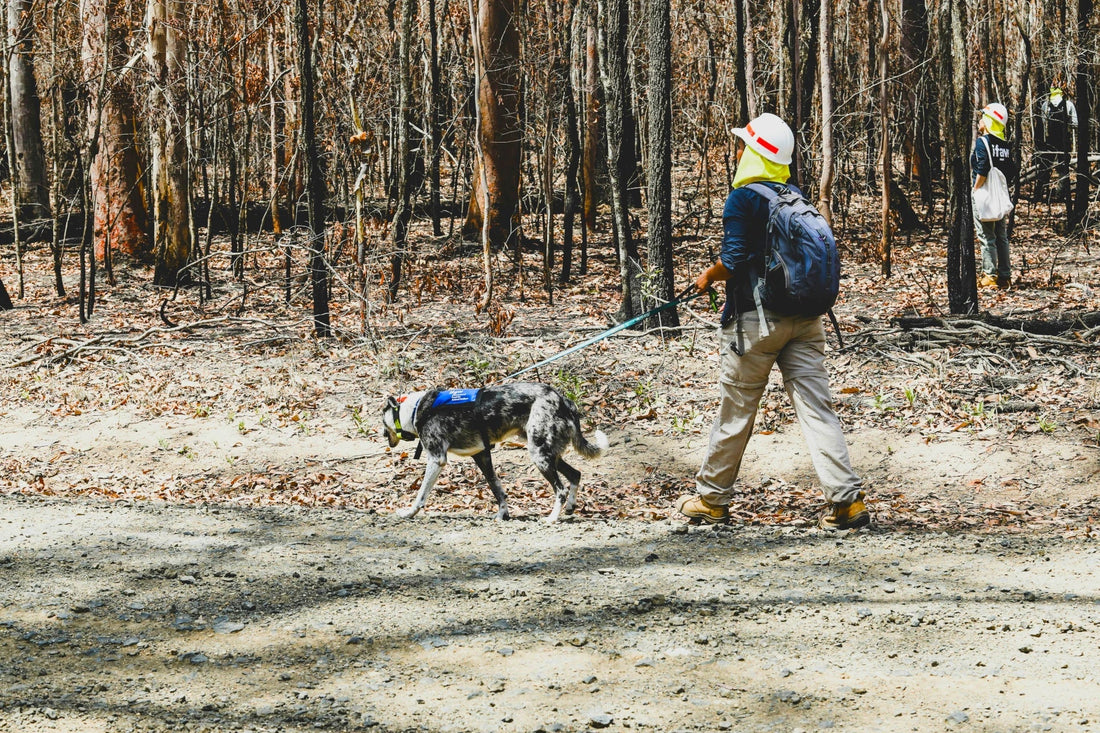Bringing home a rescue dog is one of the most rewarding decisions you can make. But along with the joy often comes a unique set of challenges. Many rescues carry past experiences, some difficult, some unknown, that shape how they respond to new situations. For them, the collar or harness you choose is not just practical. It is emotional. The right tool can begin the process of healing. The wrong one can set trust back weeks.
Why Rescue Dogs React Differently
A rescue may pull harder, freeze suddenly, or avoid eye contact on walks. This is not “bad behavior.” It is communication. A rescue dog pulling the leash is often telling you they feel unsafe or overwhelmed. Understanding this changes your approach. Instead of asking, “How do I stop the pulling?” the better question is, “How can I make my dog feel secure?”
The Role of Gear in Building Trust
Rescue dogs notice everything. A collar that pinches or a harness that restricts can confirm their fear that the world is unsafe. On the other hand, bonding with rescue dog gear means choosing tools that provide clarity, comfort, and safety without pain. Gentle gear is not just kinder. It speeds up the bonding process by teaching your dog: “I’ve got you. You are safe with me.”

What to Avoid
- Choke chains or prong collars: These can retraumatize a dog who already fears pressure around their neck.
- Ill-fitting harnesses: Too loose, and your dog may slip out. Too tight, and it creates painful rubbing or restricted movement.
- Harsh correction tools: Quick “fixes” erode trust. A rescue dog needs reassurance, not punishment.
Gentle Gear That Supports Healing
Instead of control-first tools, choose options designed with trust in mind:
- No-pull harness: Redirects pulling without choking or scaring your dog.
- Martingale collar: A gentle collar for adopted dogs that prevents slipping while tightening only slightly under tension.
- Padded flat collar: Soft and simple, ideal once your rescue feels confident on walks.
These tools do more than keep your dog safe. They teach your rescue that pressure does not equal pain and that walking beside you feels good.
Steps to Introduce Gear Slowly
- Start inside: Let your rescue sniff and investigate the collar or harness before you put it on.
- Pair with positives: Treats, gentle praise, and play help create happy associations.
- Short sessions: Begin with just a few minutes of wearing the gear indoors before moving to the yard or sidewalk.
- Watch for signals: If your dog stiffens, pulls away, or avoids eye contact, slow down. Trust is built at their pace, not yours.
For a rescue dog, gear is never just gear. It is a message. A harsh collar says, “Be afraid.” A gentle harness or collar says, “You are safe.” When your rescue learns that walks are comfortable and predictable, everything else starts to flow more easily.
If you are struggling with a rescue dog pulling the leash, remember that the solution is not more force. It is more trust. Choose gentle, bond-first tools and move at your dog’s pace. The relationship you build will last a lifetime.
Next Read
- How to Introduce a New Collar or Harness Without Breaking Trust
- The Ultimate Guide to Gentle Training Gear: How to Choose a Trust Building Dog Collar

